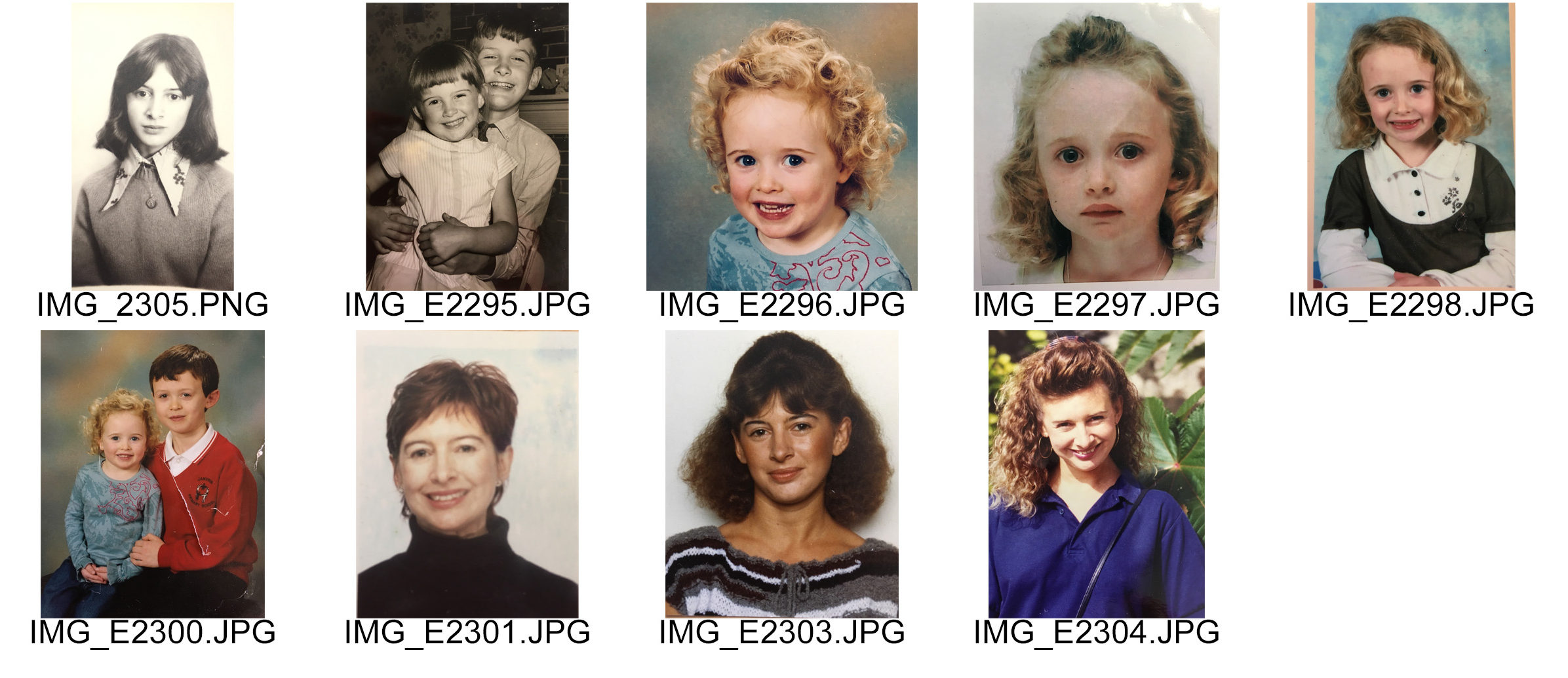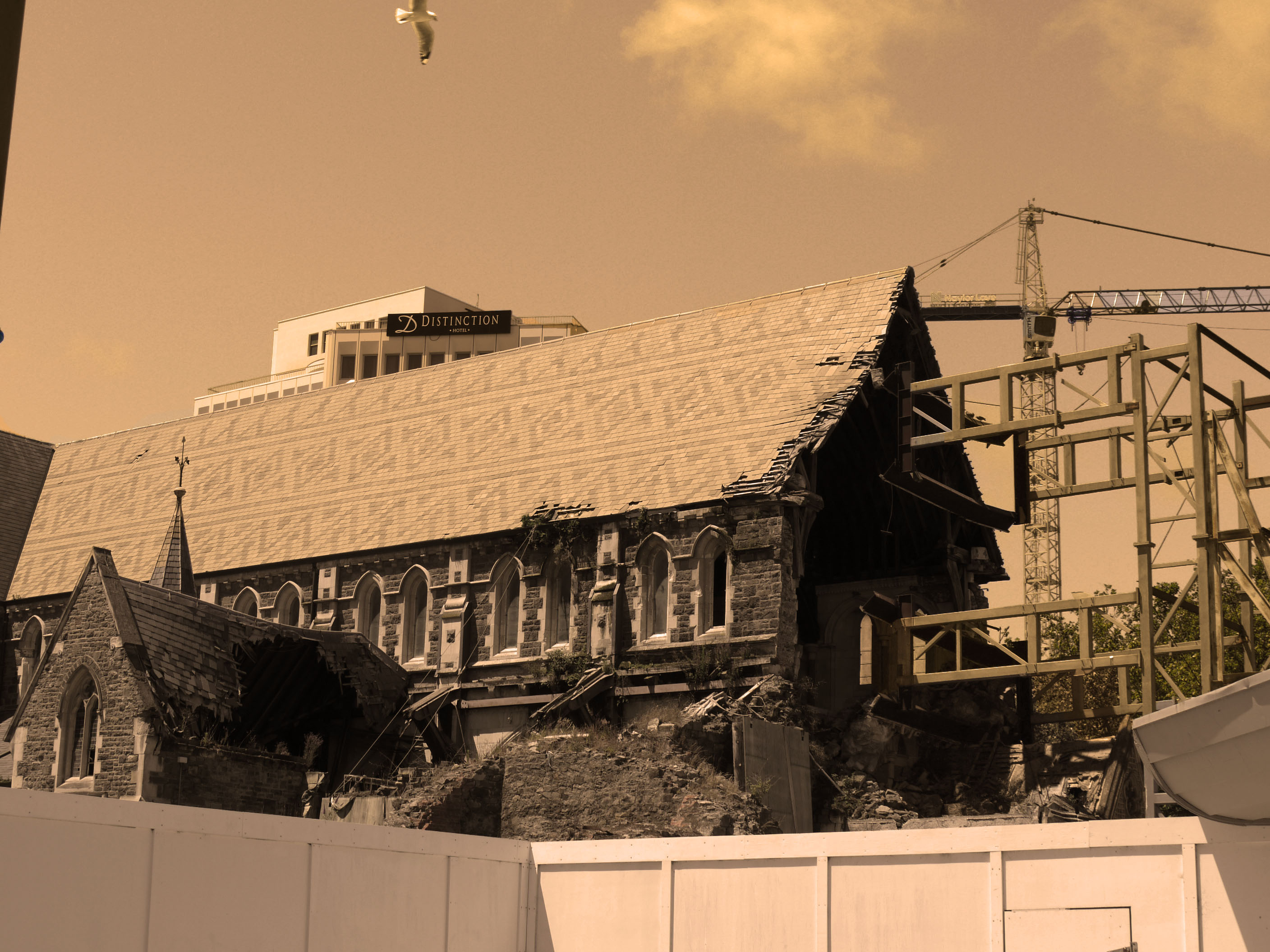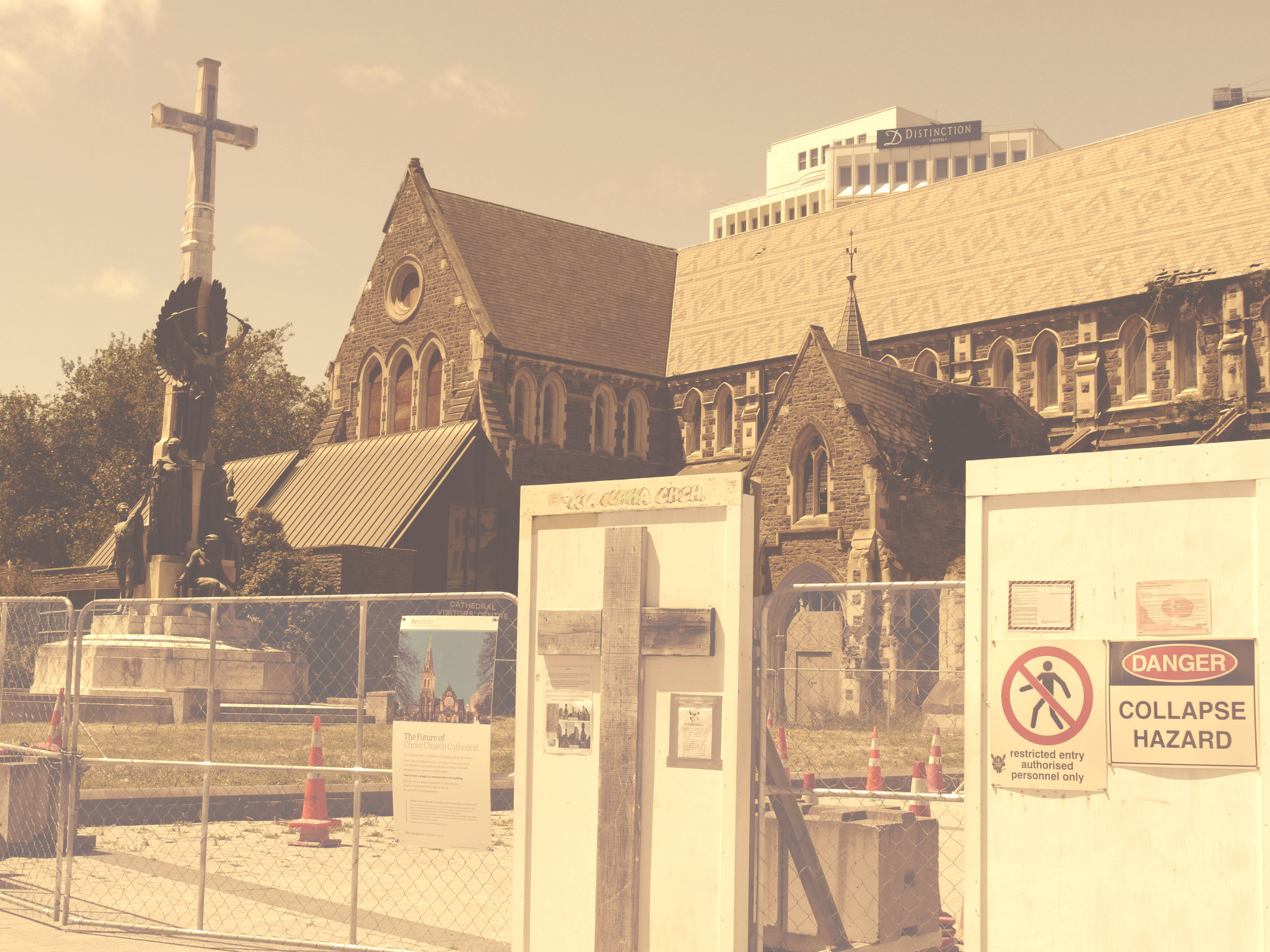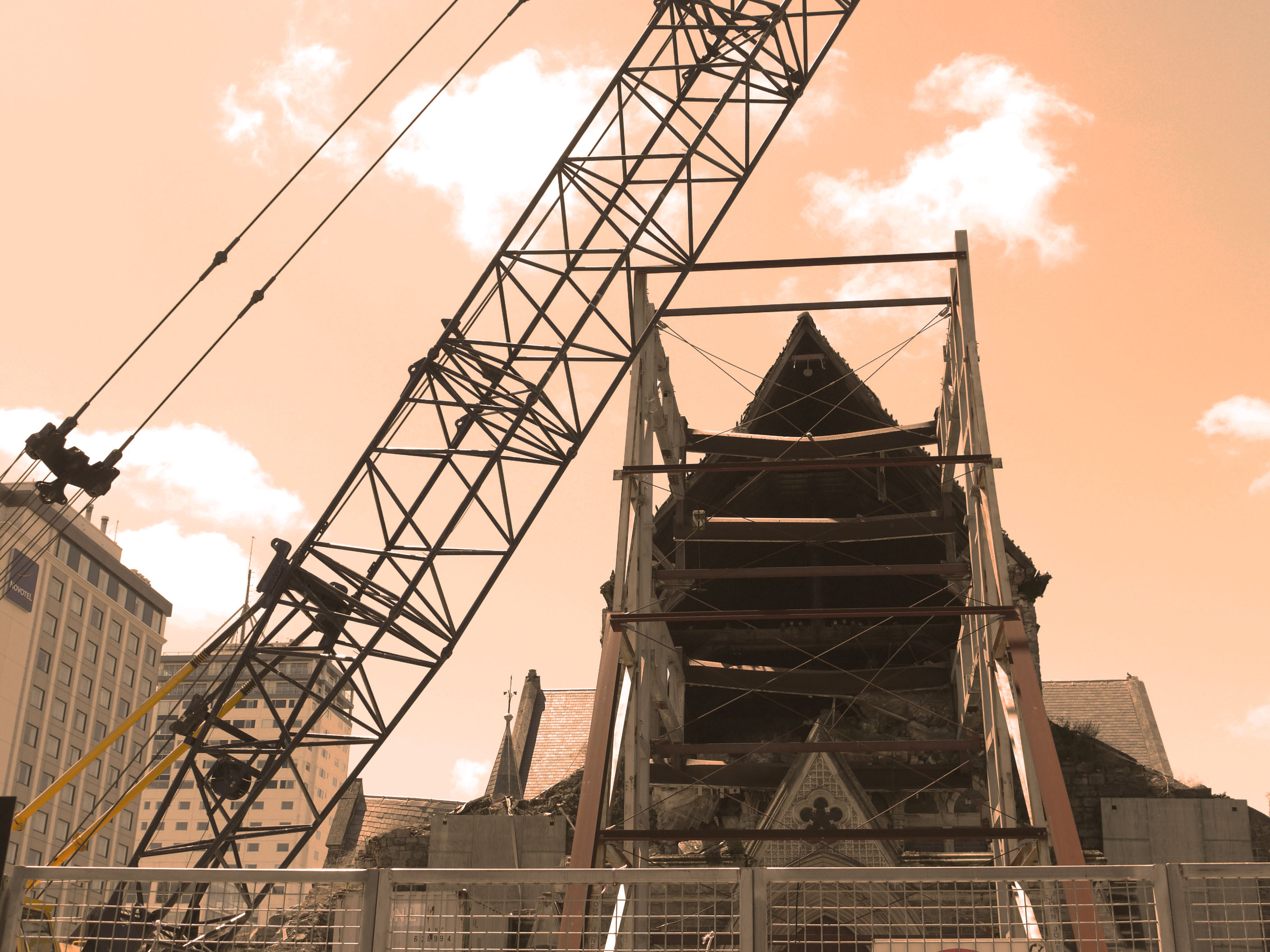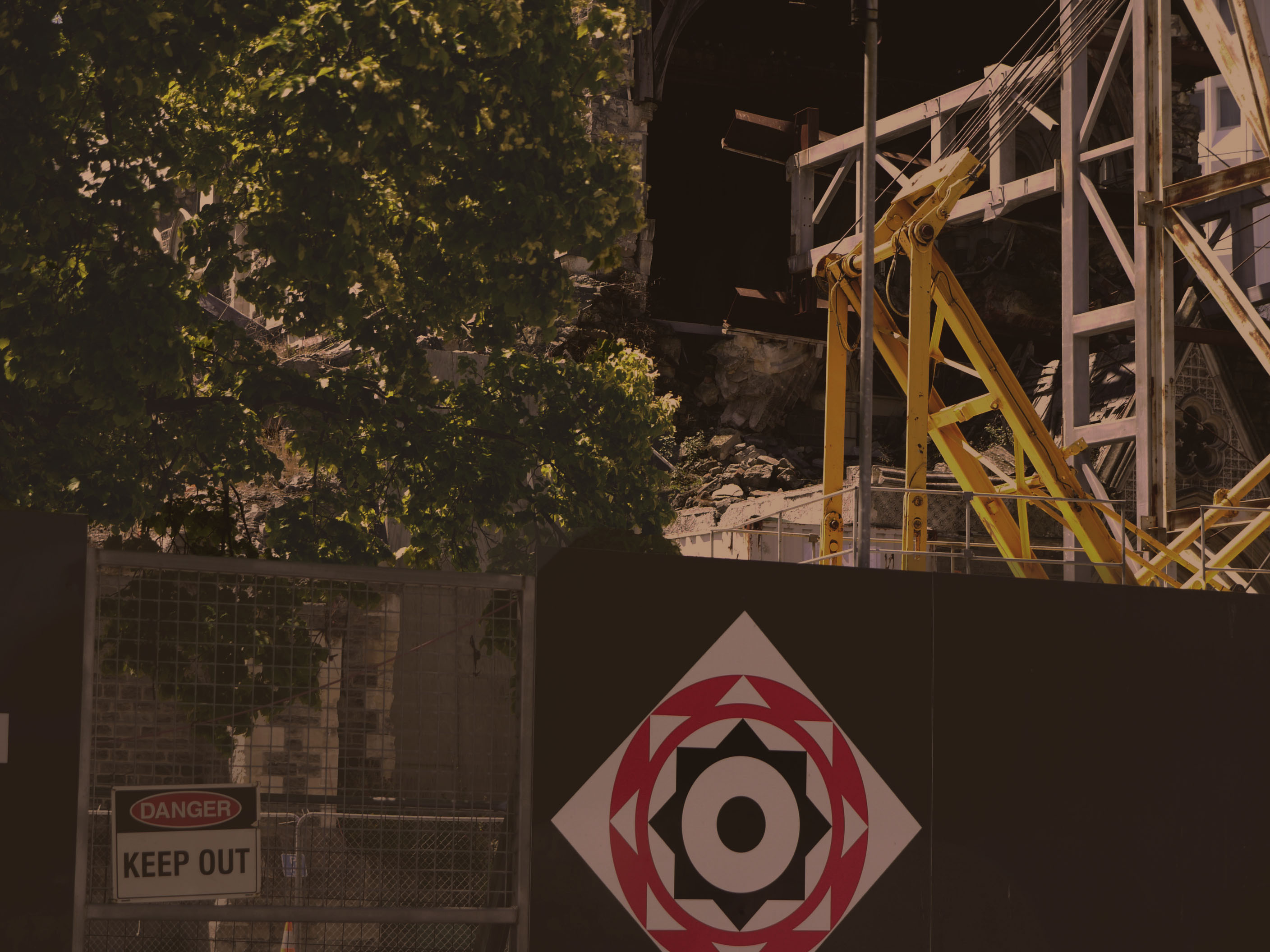Street photography, also sometimes called candid photography, is photography conducted for art or enquiry that features unmediated chance encounters and random incidents within public places. Although there is a difference between street and candid photography, it is usually subtle with most street photography being candid in nature and some candid photography being classifiable as street photography. Street photography does not necessitate the presence of a street or even the urban environment. Though people usually feature directly, street photography might be absent of people and can be of an object or environment where the image projects a decidedly human character in facsimile or aesthetic.

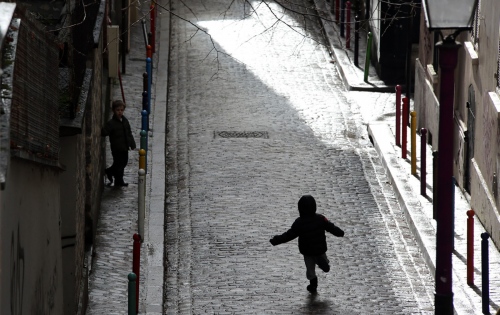
The photographer is an armed version of the solitary walker reconnoitering, stalking, cruising the urban inferno, the voyeuristic stroller who discovers the city as a landscape of voluptuous extremes. Adept of the joys of watching, connoisseur of empathy, the flâneur finds the world “picturesque”.
The street photographer can be seen as an extension of the flâneur, an observer of the streets (who was often a writer or artist).
Framing and timing can be key aspects of the craft with the aim of some street photography being to create images at a decisive or poignant moment.
Street photography can focus on people and their behavior in public, thereby also recording people’s history. This motivation entails having also to navigate or negotiate changing expectations and laws of privacy, security and property. In this respect the street photographer is similar to social documentary photographers or photojournalists who also work in public places, but with the aim of capturing newsworthy events; any of these photographers’ images may capture people and property visible within or from public places. The existence of services like Google Street View, recording public space at a massive scale, and the burgeoning trend of self-photography (selfies), further complicate ethical issues reflected in attitudes to street photography.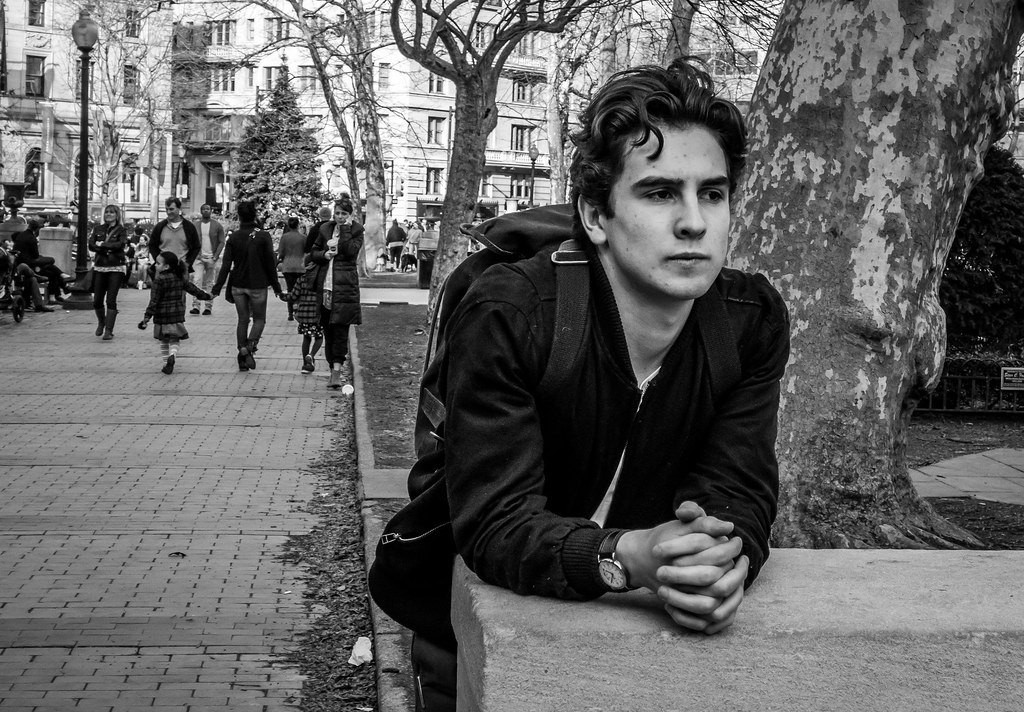
Much of what is regarded, stylistically and subjectively, as definitive street photography was made in the era spanning the end of the 19th century through to the late 1970s, a period which saw the emergence of portable cameras that enabled candid photography in public places.
experimenting with street photography:
as i was not able to go to town with the class i burrowed a camera from school and went to the schools street and starting taking pictures of people passing through the street while to trying to surprise them to get good reactions in the photographs, and this is what i came up with with:
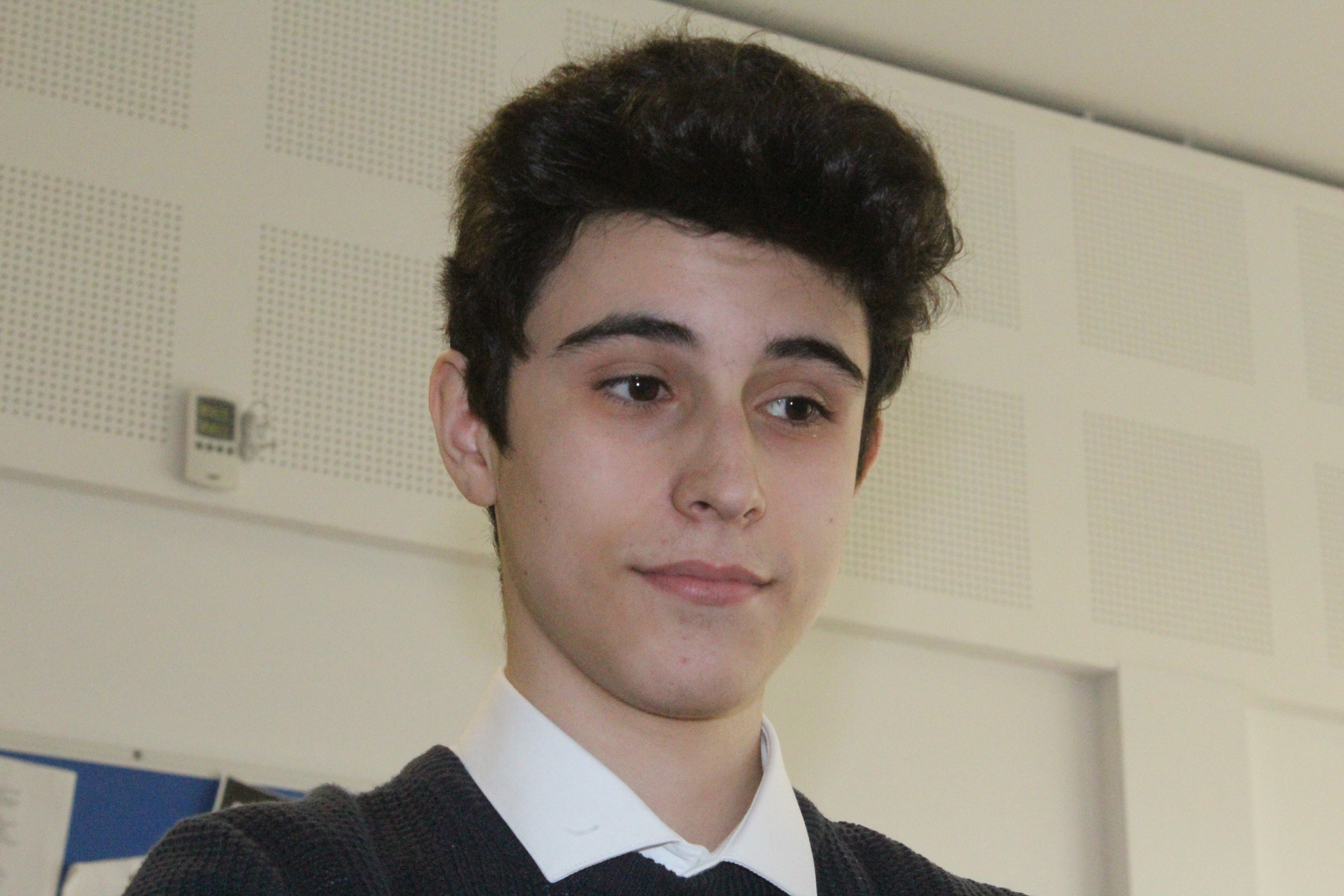
In this photograph i took it without letting the person realize so i had to turn off the flash and that’s why the photograph is a bit dim, although the face expression of this student is quite interesting.
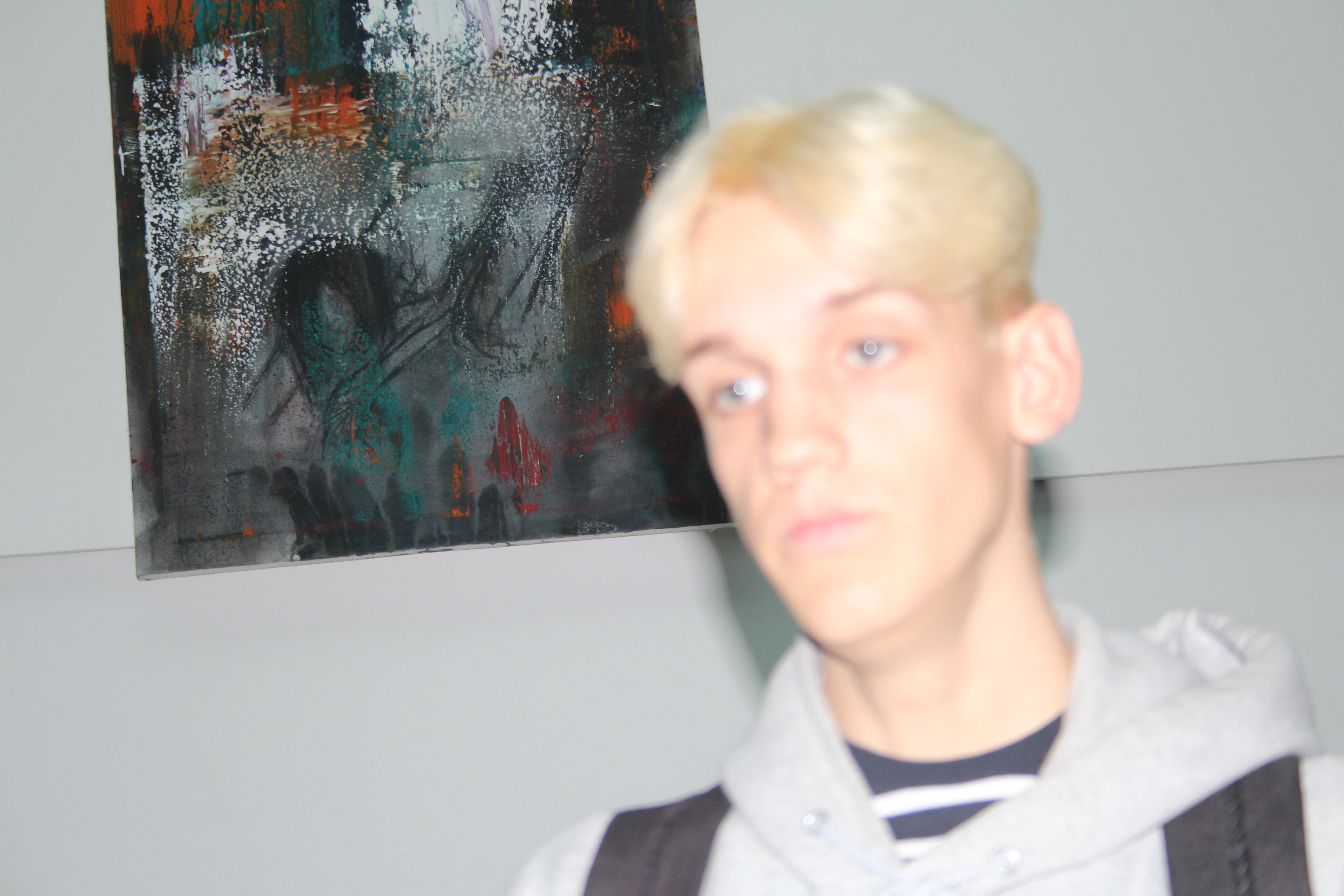
I took this photograph partially by mistake, this person was passing bu and my camera wasn’t setup yet so i didn’t know what the settings was on but i took it quickly anyways and while going through my photos it caught my eye. the brightness is so high and it wasn’t focused. and i didn’t adjust the white balance, but it did turn out quite interesting.

I tried to take this photograph without the persons notice but seconds before the shutter closed he looked and laughed, this made him look as if he was smiling for the camera although the photograph is very dim and that’s due to the lack of flash.

i took this photograph while the person was looking at the camera but made it quick so i wouldn’t lose his reaction. and the flash along with the fast shutter speed created a highly bright photo.

I took the photograph without flash while it was fully zoomed in so almost only her smile and nose are visible.

I took this photograph of a person in the smoking area while they were busy doing other stuff so weren’t paying attention to the camera which created a photography with an anonymous definition.

This photograph was taken so quickly that it caught the reaction of the person between changing it from one reaction to another.
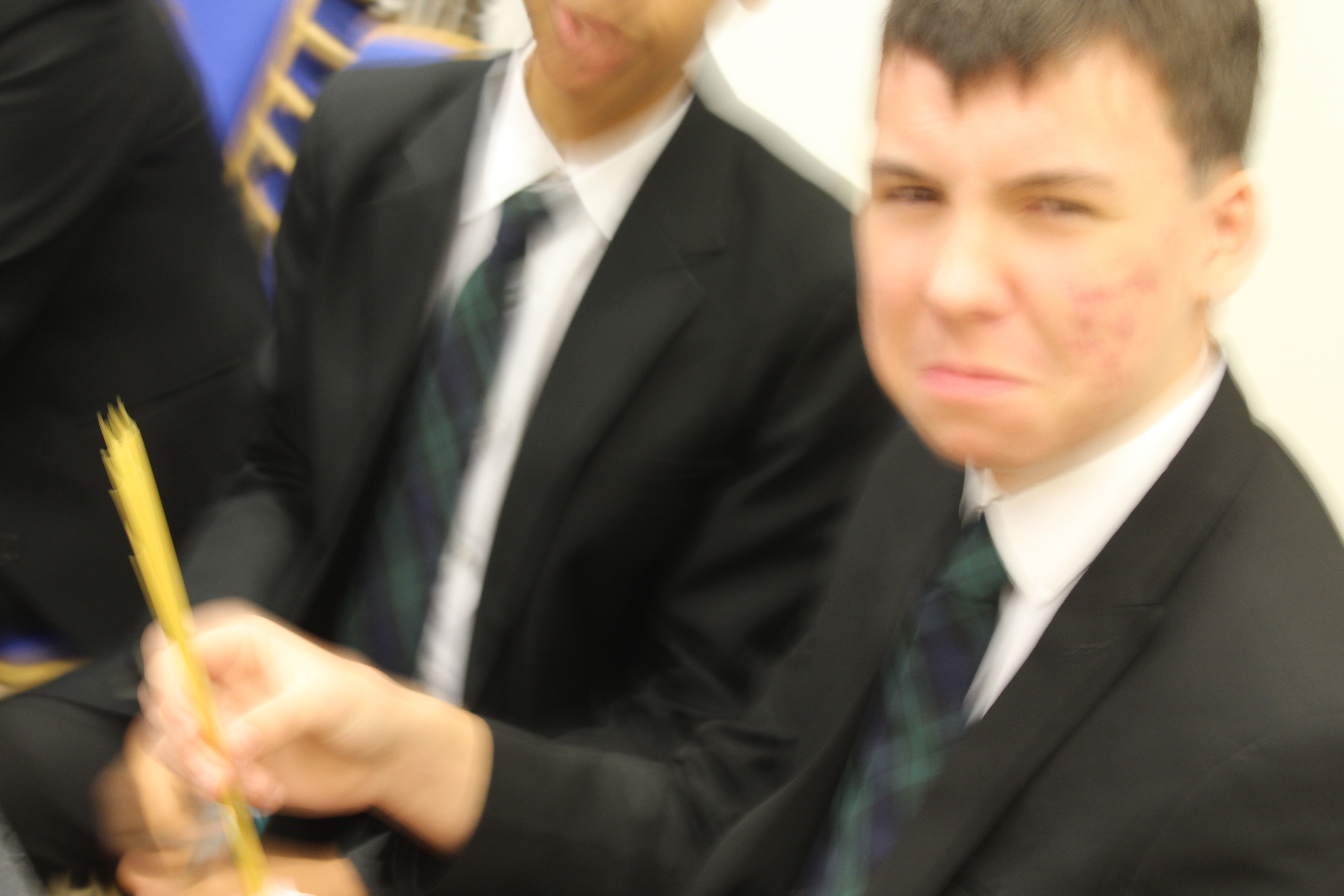
I took this photograph while this person was doing a pasta competition so they were angry that i was distracting them which created a good photo with an interesting face expression. Also the settings was on low shutter speed which created some movement in the photograph.

I took this photograph right after i told the person in it a joke so i had to take it quickly before he loses his reaction so due to the lack of time to set up the cameras position it only took half of the persons face which still created an interesting photograph so i decided to put it on my blog anyways.

I took this photograph of this students face expression with black and white settings and no flash light.
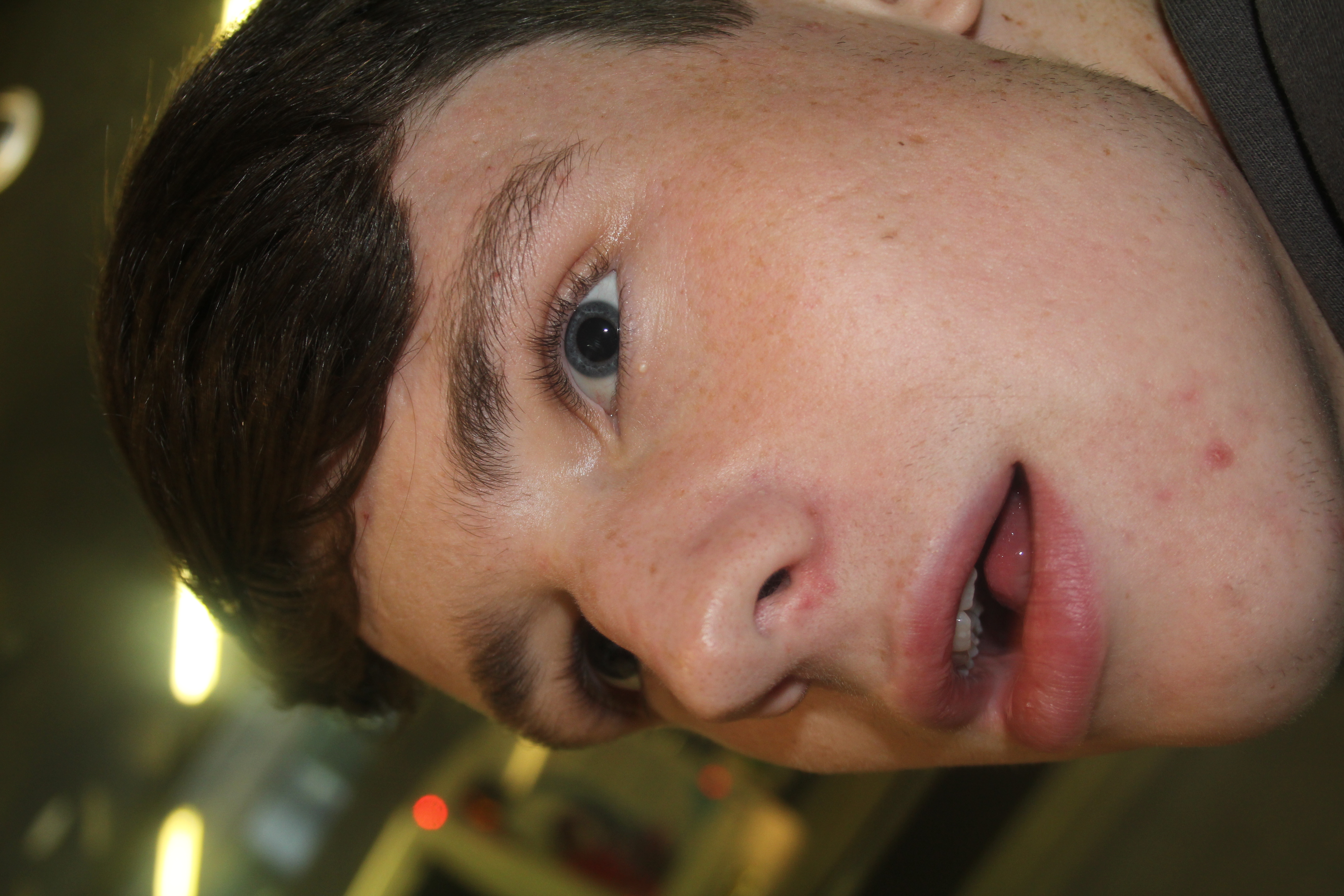
This photograph was taken meanwhile the person was busy talking to another person.

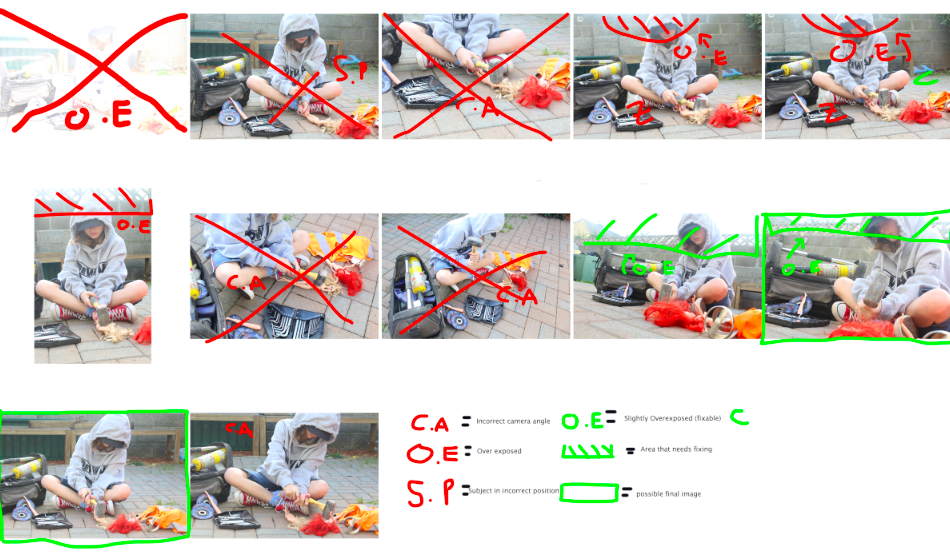
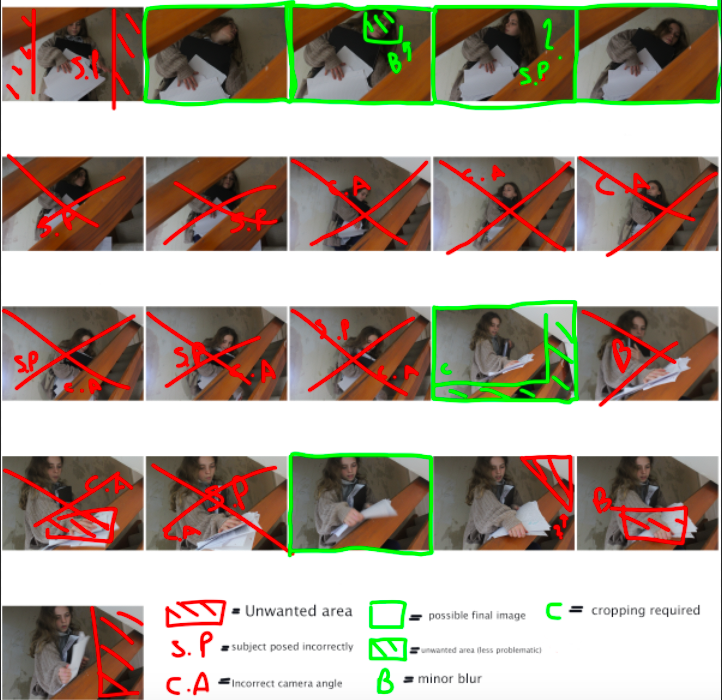
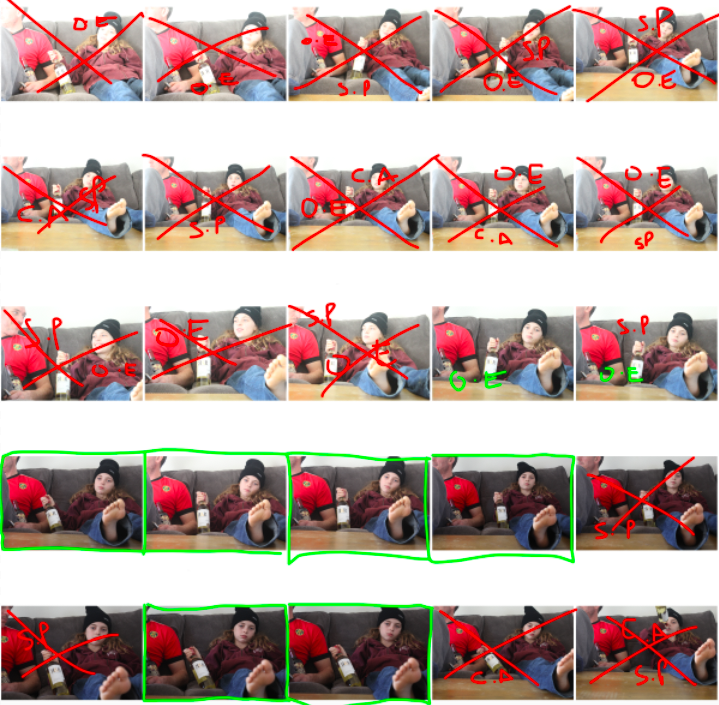
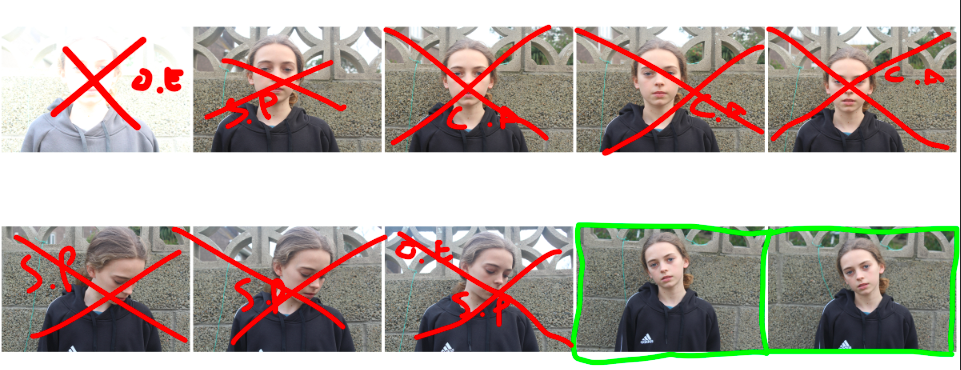
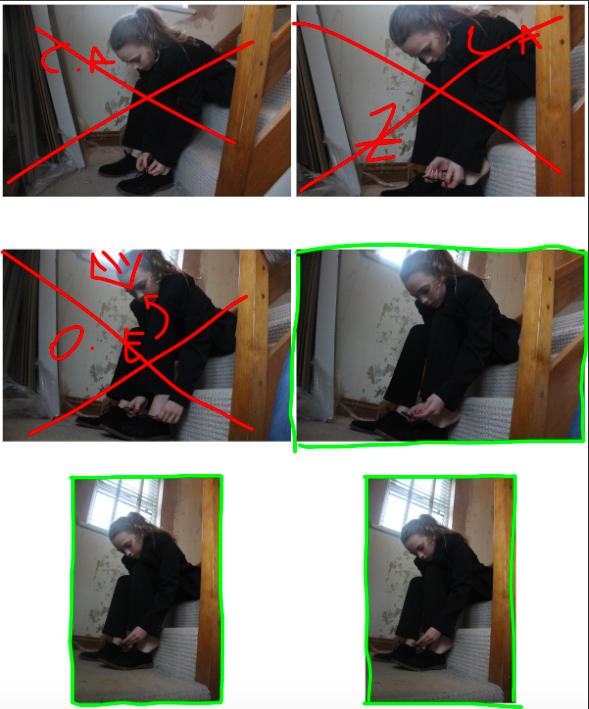

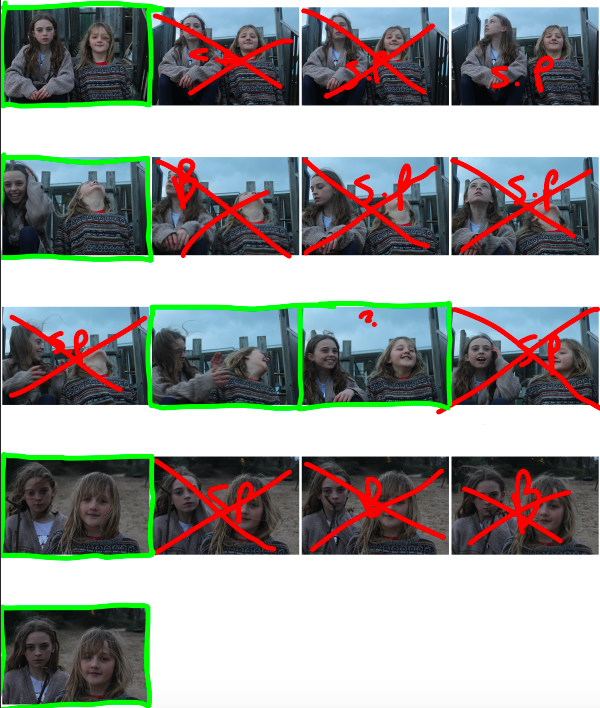



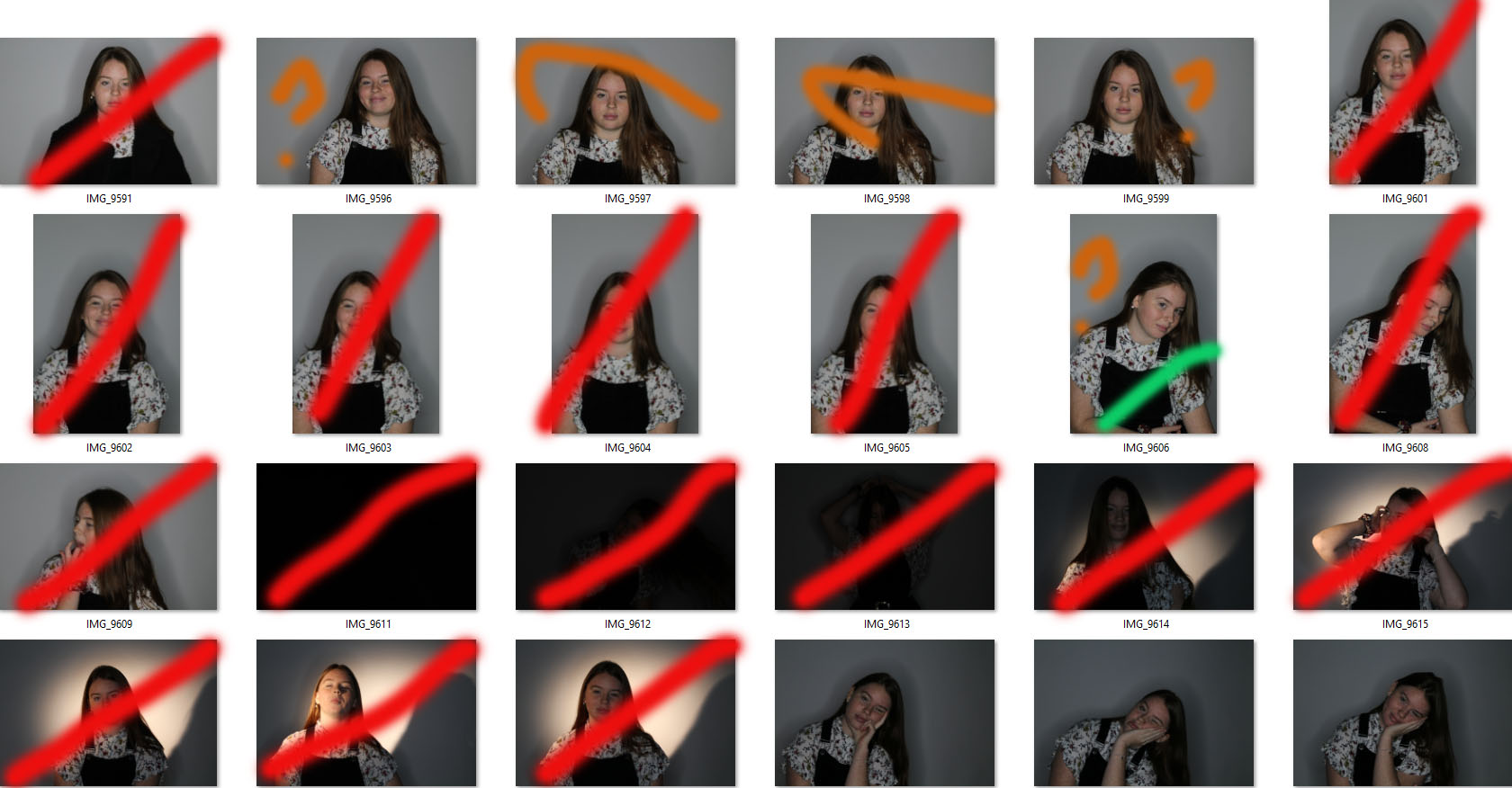











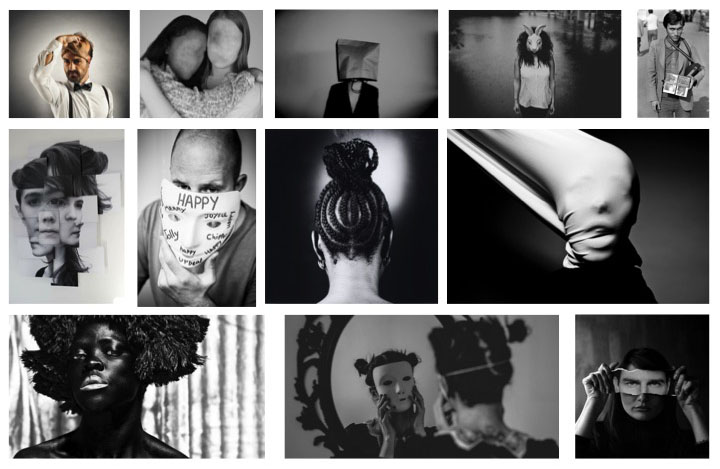


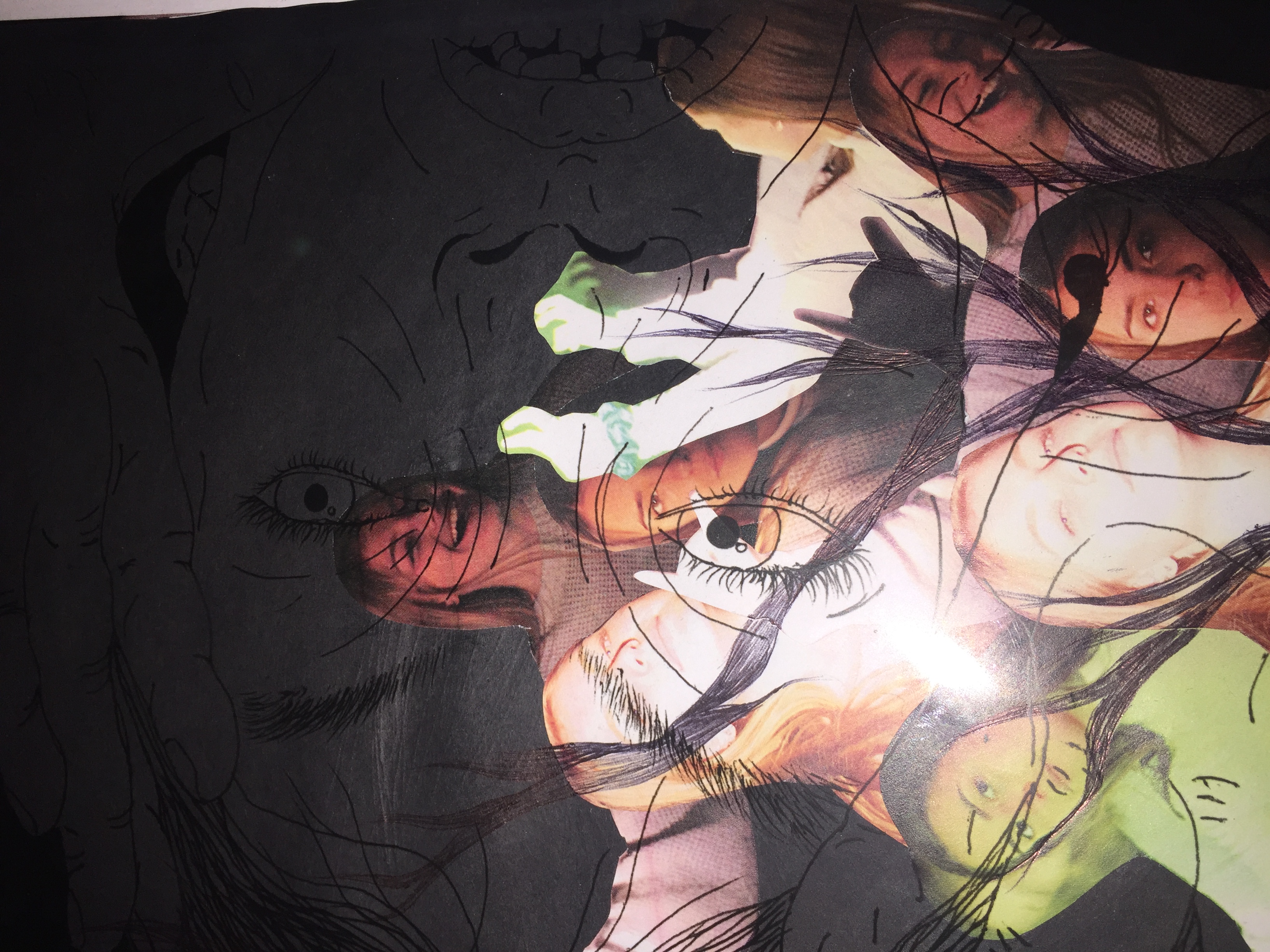



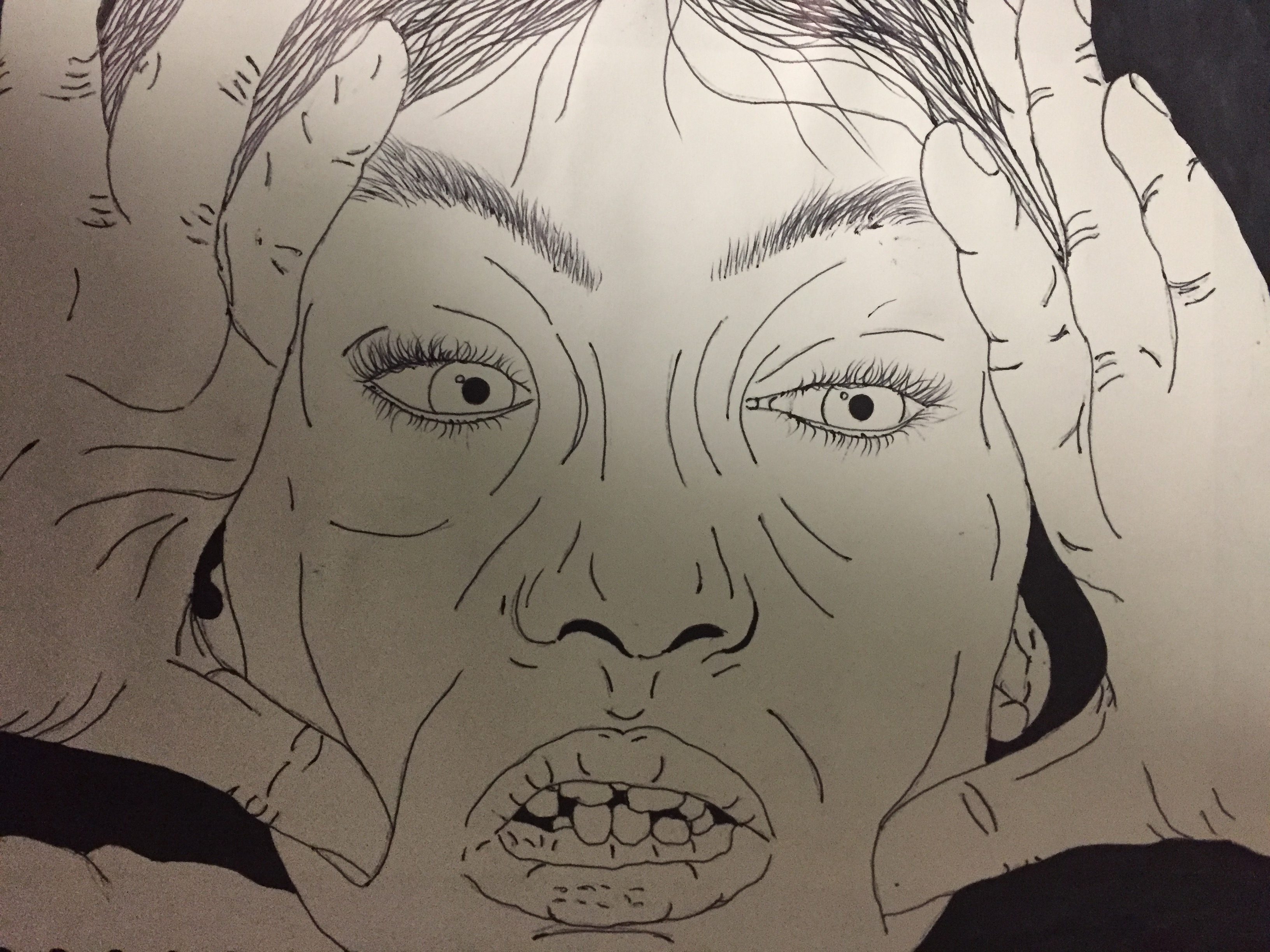

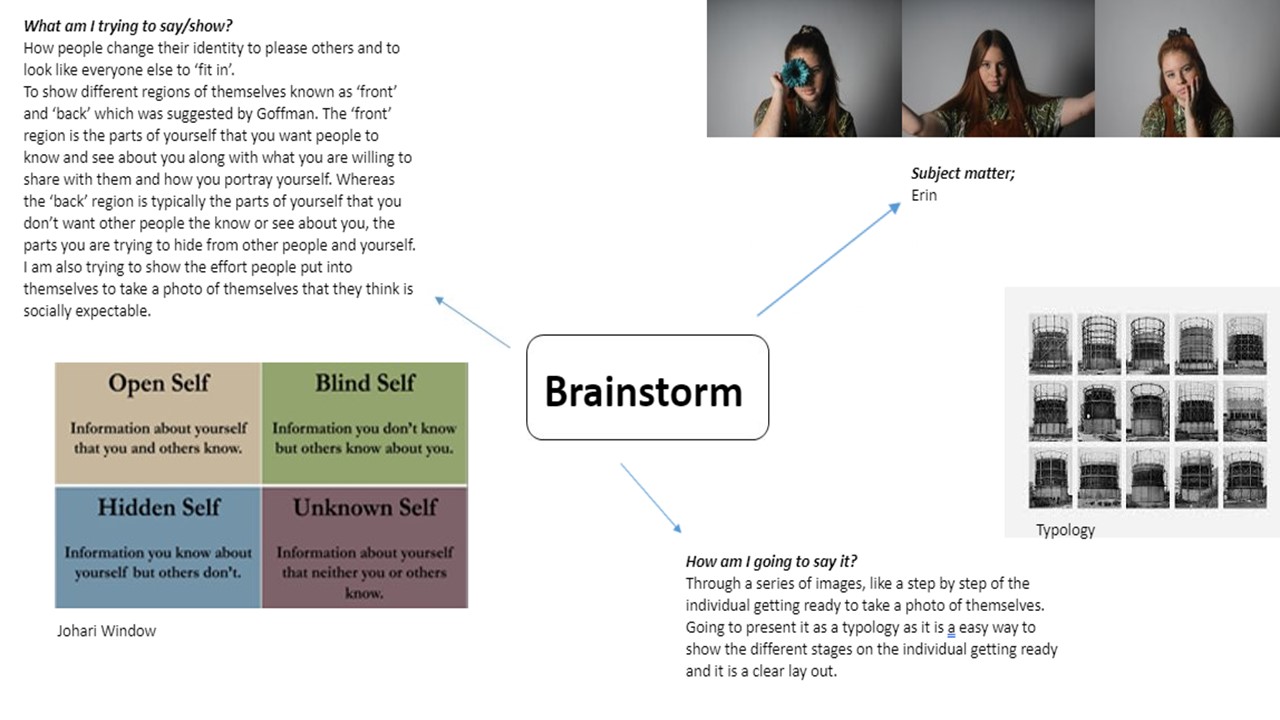




 the boldness of the lips and the outfit choices and props used makes this image stand out to me as it is so unique. I feel like Bowery’s concept of this image is to show the boldness and extremes that people will go to, to make themselves look a certain way
the boldness of the lips and the outfit choices and props used makes this image stand out to me as it is so unique. I feel like Bowery’s concept of this image is to show the boldness and extremes that people will go to, to make themselves look a certain way